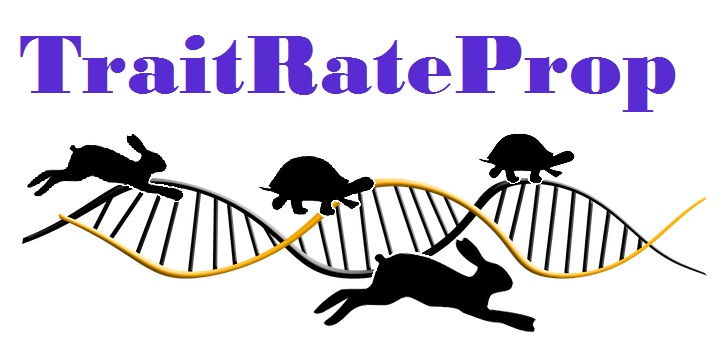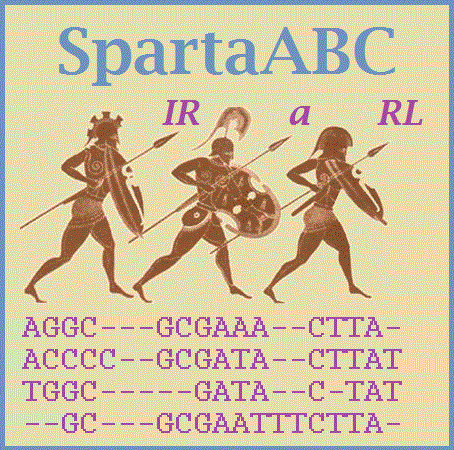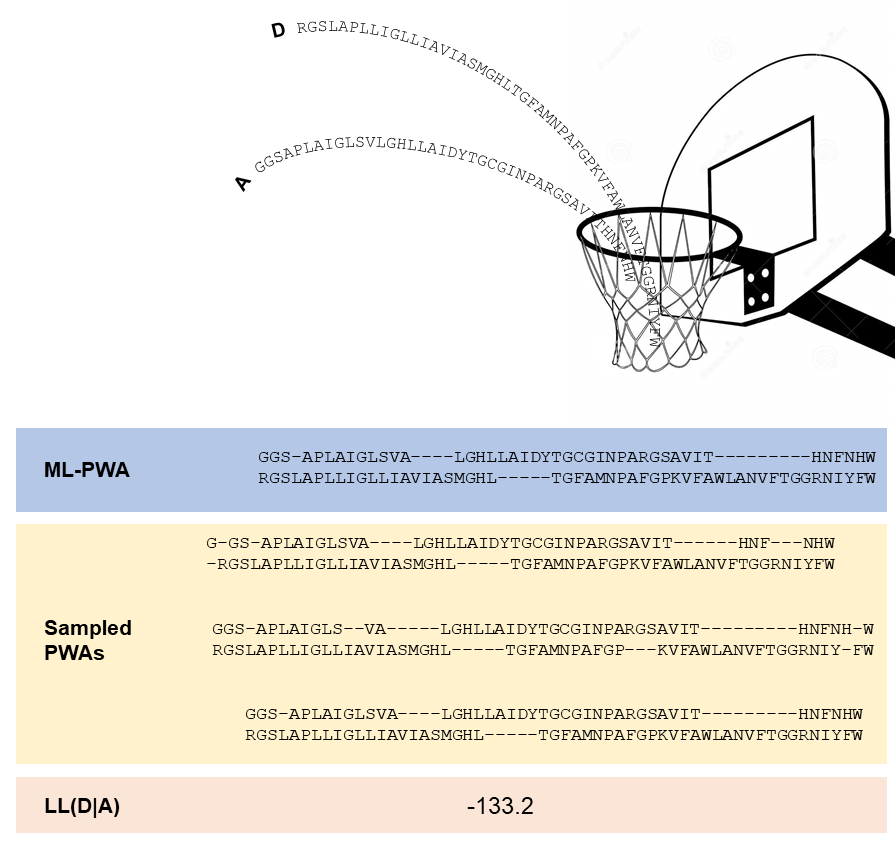Eli Levy Karin
Scientist
ELKMO
I work as a scientific consultant at ELKMO (registered CVR 43917897).
My clients include the Steinegger lab at SNU.
Before that I was a postdoc with Dr. Johannes Söding at MPIBPC, where I developed tools for the analysis of eukaryotic metagenomic data.
Before that, I did my PhD at TAU under the joint supervision of Prof. Tal Pupko and Prof. Itay Mayrose, focusing on statistical techniques in molecular evolution.
Education
-
Postdoc in Computational Biology, 2021
Max-Planck Institute for Biophysical Chemistry
-
PhD in Molecular Evolution, 2018
Tel Aviv University
-
MSc in Theoretical and Mathematical Biology, 2014
Tel Aviv University
-
BSc in Computer Science, 2011
Tel Aviv University
-
BSc in Biology, 2008
Tel Aviv University




